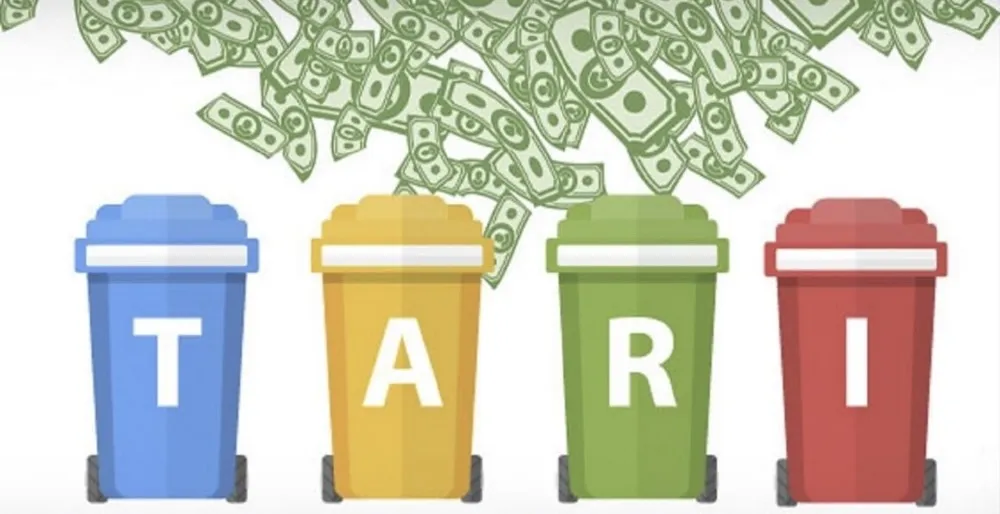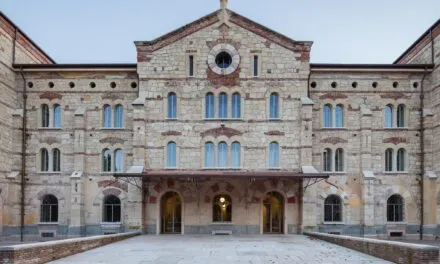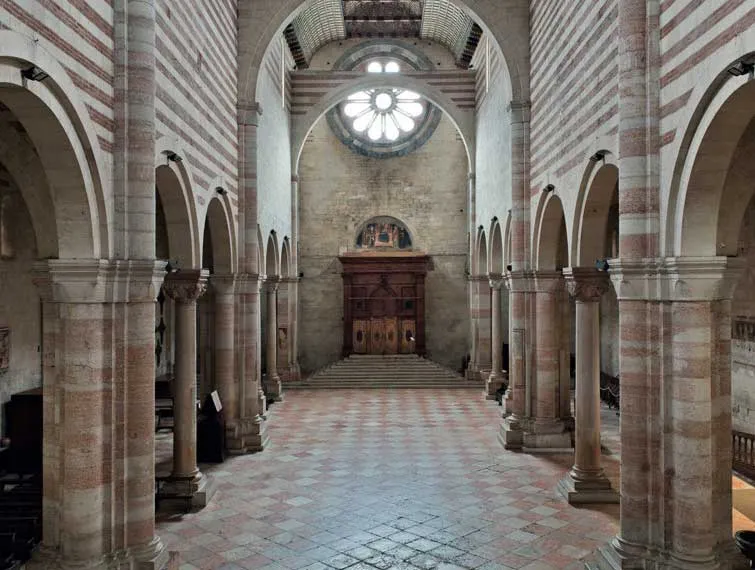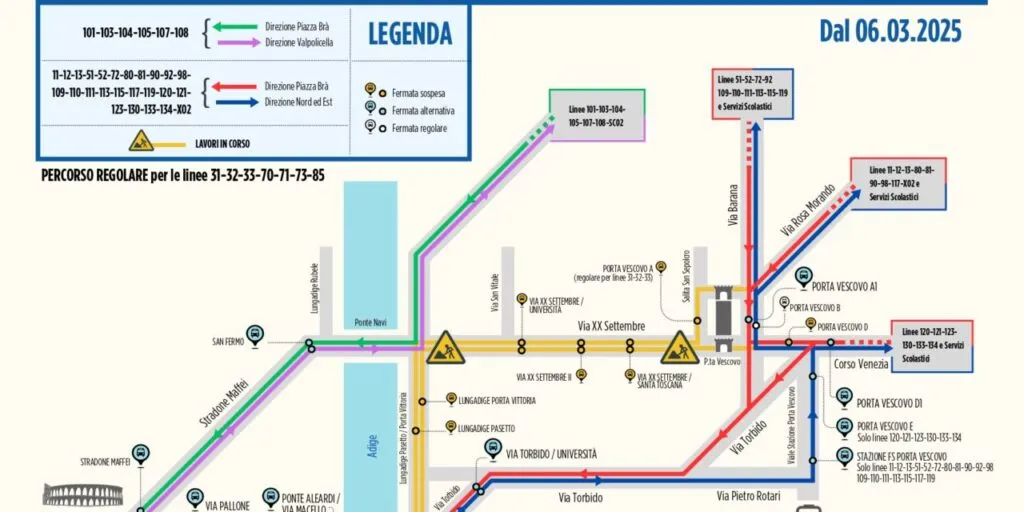TARI has recently been discussed in local and national news, particularly in relation to price increases. According to Uil (Italian Union of Workers) research, Italy has experienced an average 7.7% gain over the last five years. But what exactly is TARI? And how do Veneto’s cities perform in the Italian rankings?
What is the TARI?
TARI is a tax on waste produced on Italian territory that is intended to fund the costs of waste collection and disposal services. It shall be paid by everyone who owns or holds in any capacity premises or open areas liable to produce the waste.
Who must pay it?
The TARI is compulsory for anyone who occupies or holds, even without a specific title, premises and open areas, for any purpose, on the municipal territory.
In the case of short-term possession of the property, which does not exceed six months, it is the owner who must pay the TARI, and not the user.
Who doesn’t have to pay it?
The following shall be excluded entirely from the calculation of areas:
- Premises with all connections to electricity, water, and gas utilities closed and not in fact used.
For the household utilities:
- Rooms with a height of 160 cm or less;
- Rooms and open areas used for technological installations (thermoelectric, electrical, hydraulic, etc.);
- Rooms and open areas that are only used for sport and the exclusion is limited to the surface meant for such use (pool, equipment room, etc.).
- The real estate units for which certificates have been issued for restoration or renovation;
- Uncovered or ancillary to residential areas (e.g., balconies, terraces);
- Common parts of condominium buildings subject to exclusive use;
- Green areas.
For non-domestic utilities:
- thermal power stations and rooms for technological installations (electrical cabins, silos, electrical, hydraulic, etc.);
- the areas intended only for the exercise of sports activities, except the areas intended for different uses such as changing rooms, toilets, offices, ticket offices, refreshment points, etc.;
- premises of the Catholic Church and of other religious denominations recognized by the State for public worship, including areas intended for use other than those of worship in the strict sense, where they are used exclusively and continuously for catechesis activities as not producing appreciable amounts of waste in relation to their extent;
- areas exclusively used for maneuvering and transit of vehicles;
- the uncovered areas pertaining or ancillary to non-domestic utilities (e.g.: customer parking, employee parking, etc.)
- premises without the main active users of network services (gas, water, electricity) and not actually occupied;
- cold rooms with modified internal atmosphere that does not allow in any way the presence of humans and those of the cold cycle (deep freezing);
- rooms with a height of 160 cm or less;
- impassable areas enclosed by a stable fence and unattended;
- open green areas;
- uncovered areas for agricultural, forestry, livestock, and greenhouses on land;
- for fuel systems: the areas covered by the vehicle washing plant and the areas visibly used exclusively for access to and exit from the service area and washing.
- premises and areas included in cemetery areas.
How is the TARI calculated?
As seen, the TARI is different depending on whether it is for domestic or non-domestic users. Both, however, are composed of a fixed and a variable quota. The first is intended to finance the fixed and indivisible costs of the service and is determined taking into account the area of the premises occupied. The variable quota, however, is intended to cover the costs of managing the waste cycle (collection, transport, treatment, disposal, etc.) and shall be determined taking into account the number of household components for household users and the area occupied for non-domestic users.
For domestic users, the fixed fee is given by the sum between the accommodation area and that of its appliances, multiplied by the unit rate corresponding to the number of occupants of the same user. The variable quota, instead, is constituted by an amount related to the number of occupants and is, therefore, an absolute value.
TARI in Veneto. The ranking of Uil in May
Uil published at the end of May the report on the changes of the TARI from 2018 to 2022, taking into account 66 provincial capital cities. Particularly, it took into account the amount paid by households consisting of four people, in dwellings of 80 square meters and with annual income ISEE (Indicator Economic Situation Equivalent, which serves to assess and compare the economic situation of households wishing to apply for a social benefit facilitated) of 25 thousand euro.
In absolute figures, Italian households paid in 2022, for the average waste rate, 325 euros, compared to 313 euros in 2021 and 301 euros paid in 2018.
On average, Italians pay 324.72 euros per year of TARI. All the cities of Veneto are in the middle of the ranking, avoiding both the top ten of the most expensive provinces and the ranking of the ten provinces with a lower tax. The highest cost at a national level is recorded in Pisa, with 519 euros per year, and its opposite is the city of Belluno, where people pay 168, 51 euros.
Even Venice, in the ranking of Italian metropolises, remains in an intermediate position with 331.73 euros and an increase compared to 2021 of 3.7 percentage points. The Venetian capital is therefore far away from the first classified, with over 100 points of difference (Genoa with 489.16 euros per year). Bologna, instead, is the metropolis with the lowest TARI, 228,48 euro.
Another classification concerns the recent increases in TARI, especially due to the increase in the cost of energy and diesel. In this case, the only Venetian city that appears in the top ten of the biggest increases in 2022 is Rovigo, which totaled +27 percentage points compared to 2021. However, compared to 2018, Rovigo scored a total decrease of 6.6%, with 253.27 euros of TARI last year.















